Unlike in other cities, Alicante’s downtown will not see new limits on private car circulation as a result of the ZBE’s adoption. With the installation of numerous environmental sensors and surveillance cameras, however, the municipal government team guarantees that it will enable better management of atmospheric pollutant volumes in real time.
Sensors for the environment
There is no significant pollution problem in Alicante. Actually, out of all the major cities in Spain, several studies have found that ours is the cleanest. Still, we’re taking a number of targeted steps to bring it down even further. Our new infrastructure will be a huge boon, says Manuel Villar, our deputy mayor and environmental sustainability councillor.
The city’s Benalúa Market, Bullring, José Rico Pérez stadium, Station, and General Hospital are among the locations where fourteen sensors have been set up. When these readings reach dangerously high levels, the City Council will be able to take action, including temporarily shutting down traffic, based on the data.
Typically, the haze that occasionally originates from the Sahara is the culprit responsible for the most severe pollution incidents that Alicante experiences, rather than cars. But we haven’t gotten particularly extreme in recent years, and I don’t see the need to do something drastic. According to the deputy mayor, “at least we’ll have objective data to act objectively” now.
Cameras that record
To further keep an eye on traffic, new video surveillance cameras have also been set up. Although optical cable has been laid that might encompass as many as 300 recording devices, only about 100 have been operational so far.
“These cameras will not be used to fine drivers, but rather to provide us with information that will allow us to improve mobility in the city and to redirect traffic flows in order to reduce traffic congestion,” Villar points out.
Officially, the ZBE encompasses the Old Town, the Traditional Centre, and Gran Via, which together form three rings. Finally, this final zone will implement traffic limits in the same manner that they have done since 2011. So, these streets are off-limits to everyone save residents, garage owners, and employees. Sanctions will be implemented, and fines will shortly be increased.
Fines for cars that don’t follow the ZBE’s rules have been increased, according to a deal struck by the Federation of Municipalities. According to the Alicante traffic ordinance, they are currently around 80 euros, but Villar tells us they will likely climb to around 200 euros.
Greater urban density
The sea wind certainly helps Alicante’s air quality, which typically scores well on quality assessments; however, our city’s population has been growing at a large rate for a number of years.
We had 328,000 registered users a decade ago, and by the end of 2024, we had 359,000. Thanks to this change in population distribution, we are now the tenth most populous city in Spain, above Bilbao.
Even though there are more people living here and more cars on the road, pollution levels in Alicante have been rather constant in recent years. Pedestrianisation and lane reductions are two examples of the effective actions we have taken to reduce traffic on different streets. According to Villar, this is the path that we intend to take moving forward.
The Town Hall Area streets of Jorge Juan and Rafael Altamira will not be part of the pedestrianisation of the Town Hall Square.
Regarding this matter, it was recently declared by Mayor Luis Barcala that the Town Hall Square will be pedestrianised. It was indeed this very situation last autumn, when the Town Hall building’s façade collapsed, closing the street for weeks and forcing the closure of operations.
The city can keep running even without this traffic, thanks to this terrible occurrence. Also, the Councillor for Environmental Sustainability notes that town hall squares are usually not a common site for cars to circulate, both in Spain and elsewhere.
The project’s pedestrianisation will be limited to the area within the square; streets like Jorge Juan and Rafael Altamira will still be accessible for vehicles. Considering the bus routes that pass through this area, the next step is to do the necessary investigations to identify other transportation options. It is the expectation of the City Council that the works can commence by the year’s end and be finished in 2026.
Additional methods
Furthermore, we are assured by the government team that additional measures would be implemented to further decrease pollution levels.
All of the buses will soon be electric or hybrid models. Furthermore, we strive to enhance the tree cover and pavement size in every project we do. The deputy mayor assures us that, in addition to cars, they will promote the usage of scooters and bicycles.

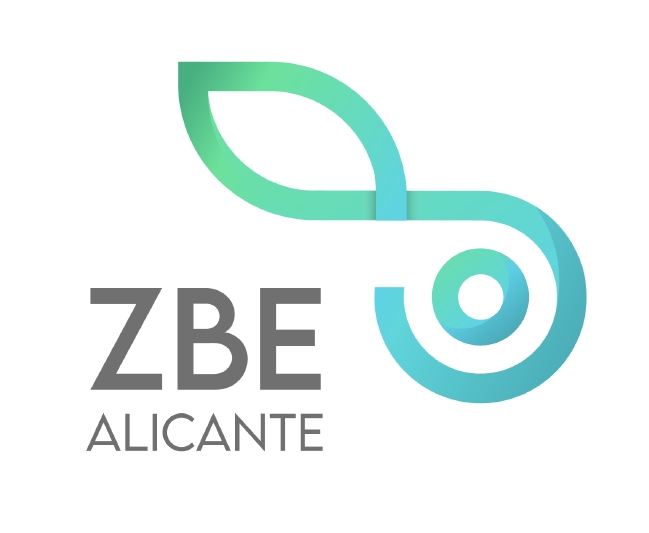

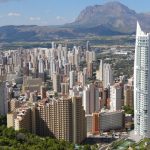

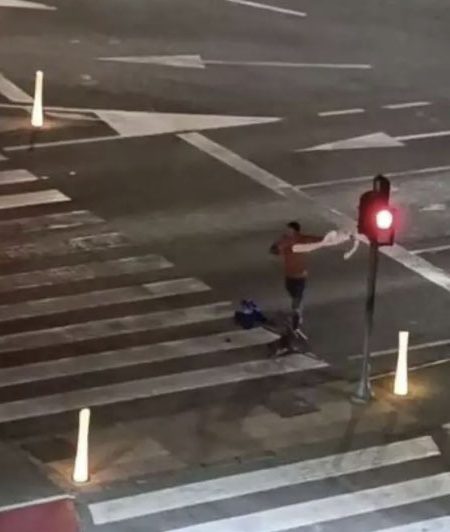
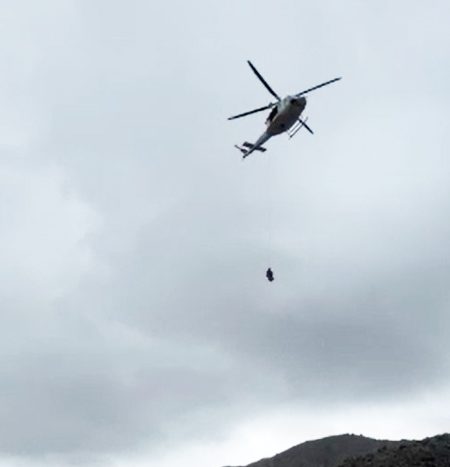
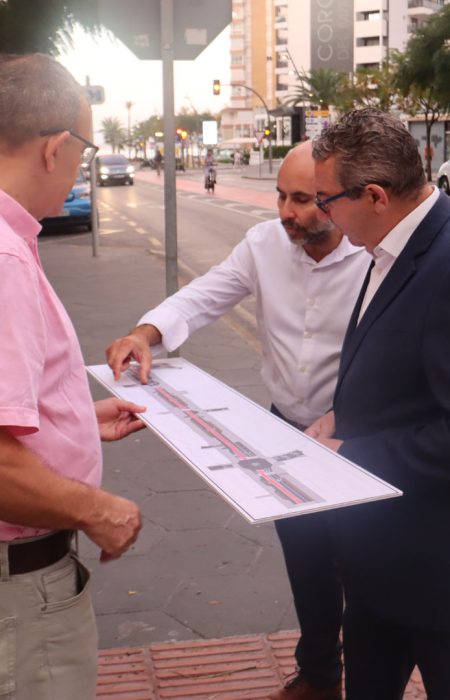

No Comment! Be the first one.